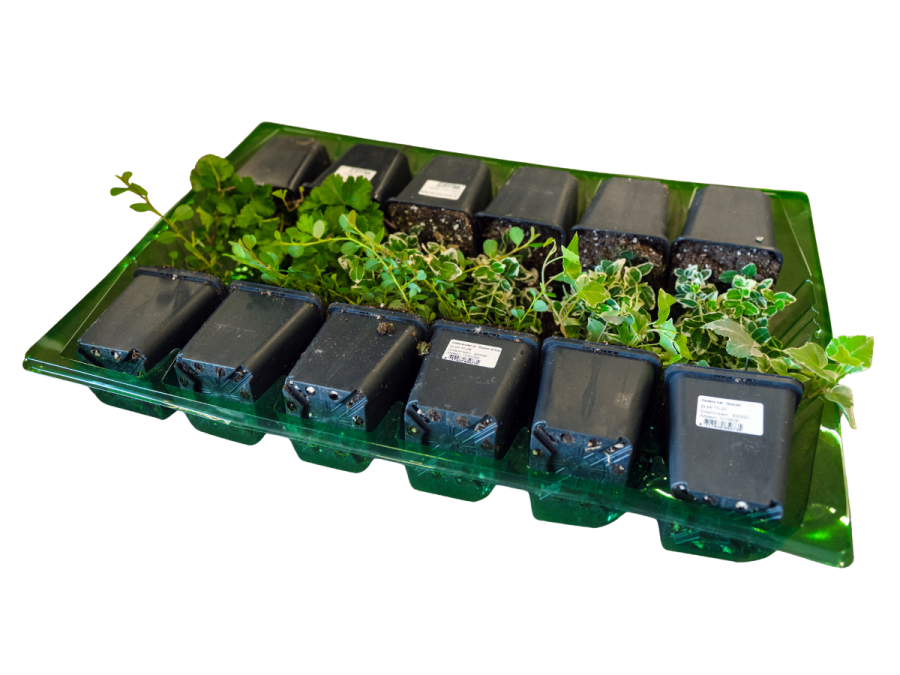Description
Inula ensifolia | Narrow-leaved inula
The Inula ensifolia, commonly known as the narrow-leaved Inula, is a charming perennial that graces gardens with its bright yellow flowers from July through September. This delightful species, originating from Europe and Southwestern Asia, is perfect for creating a splash of color in borders, group plantings, or as edging.
The narrow-leaved Inula is appreciated for its bushy spreading growth, which provides a natural and relaxed look to the garden setting.
Key Features
- The Inula is a deciduous plant, which means that it sheds its leaves annually but compensates with a vibrant display of green foliage each spring.
- It thrives in a variety of well-drained soils and can tolerate both sunny and partially shaded locations.
- The plant's water requirements are specific; it prefers to have its roots submerged, indicating a need for consistent moisture.
- While Inula ensifolia does not bear fruit or emit fragrance, its yellow flowers add a bright, cheerful element to any garden during the summer and autumn months.
- The species has a relatively compact growth, reaching an ultimate height of 30 cm, which makes it an ideal choice for smaller spaces or the front of a garden border.
Tips
- When planting Inula ensifolia, ensure it has enough space to spread, as it has a bushy growth habit. This will allow the plant to flourish and fill out your garden space effectively.
- Regular watering is crucial for maintaining the health and vibrancy of the plant, particularly during dry spells, as it is not drought-resistant.
- Propagation through division not only revitalizes the plant but also helps control its spread. This should be done in spring or autumn for best results.

































